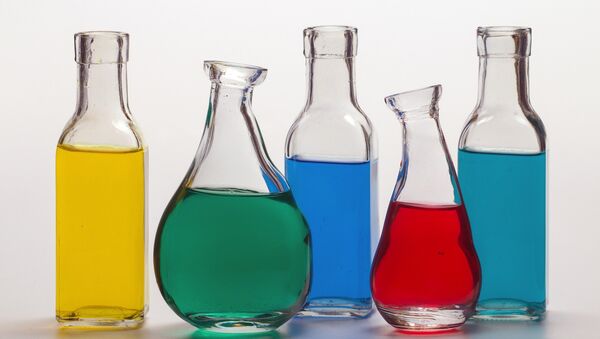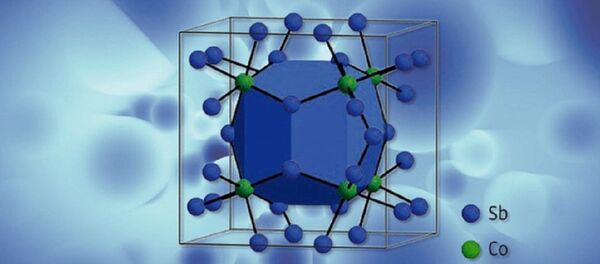MOSCOW (Sputnik) — The search for chemical reaction catalysts is a classic example of empiric science when researchers try to sift through various scenarios for a solution. As scientists joke, this is basically “scientific trial and error.” Many substances with similar properties can display different catalytic activity.
Until now, scientists were only able to measure this activity. But, if it becomes possible to predict a substance’s ability to catalyze any specific chemical reaction, it would elevate the search for catalysts to a new level.
First, scientists could avoid thousands of inconclusive experiments. Second, it would be possible to find more effective catalysts for current commercially used chemical reactions at various industrial companies. Both achievements would net multi-billion ruble profits and could even revolutionize the chemical industry, like the invention of synthetic rubber or low-pressure polyethylene in the past.
With the advent of nano-technologies, the list of potential catalysts has expanded several dozen times over. Chemists have singled out several new types of substances that tend to display excellent catalytic properties. This includes nano-particles of precious metals (e.g. those of gold or platinum.) But their catalytic properties change, depending on the size of the particles.
Instead of sifting through millions of possible combinations (a possible catalyst-reaction tandem) again, a team of researchers from the Materials Modeling and Development Laboratory at NUST MISIS and Sweden’s Linköping University headed by Professor Igor Abrikosov, a leading world-class scientist, took on the task of calculating this relationship using the Cherry super-computer cluster that was installed at NUST MISIS under the Russian Government’s mega-grant.
“There is a theory that changing electronic levels inside a catalyst’s atoms correlate with its catalytic activity,” Alexei Tal, an associate with the Materials Modeling and Development Laboratory. at NUST MISIS, noted. “This means that, instead of conducting a series of hundreds or even thousands of expensive experiments to identify the catalytic activity of potential catalysts, researchers could simply analyze X-ray spectrums,” he added. The theory hinges on an article published by Science magazine whose authors are discussing a similar effect obtained by researchers at the University of Utah in Salt Lake City, the United States, during experiments with palladium.
Alexei Tal underscored that the study of X-ray spectrums was an optimal strategy of calculations.
Now that NUST MISIS experts have calculated electronic level changes inside nano-clusters, they can move on to calculating absorption energy levels for the same clusters that can serve as a yardstick of catalytic activity. They will also have to compile a prognostic table for calculating the catalytic potential of nano-particles using measured changes in electronic levels.
“We have already made calculations for some systems, but no one has so far used a systematic approach to establish an unequivocal relationship between changes in electronic levels and catalytic activity,” Alexei Tal noted.


